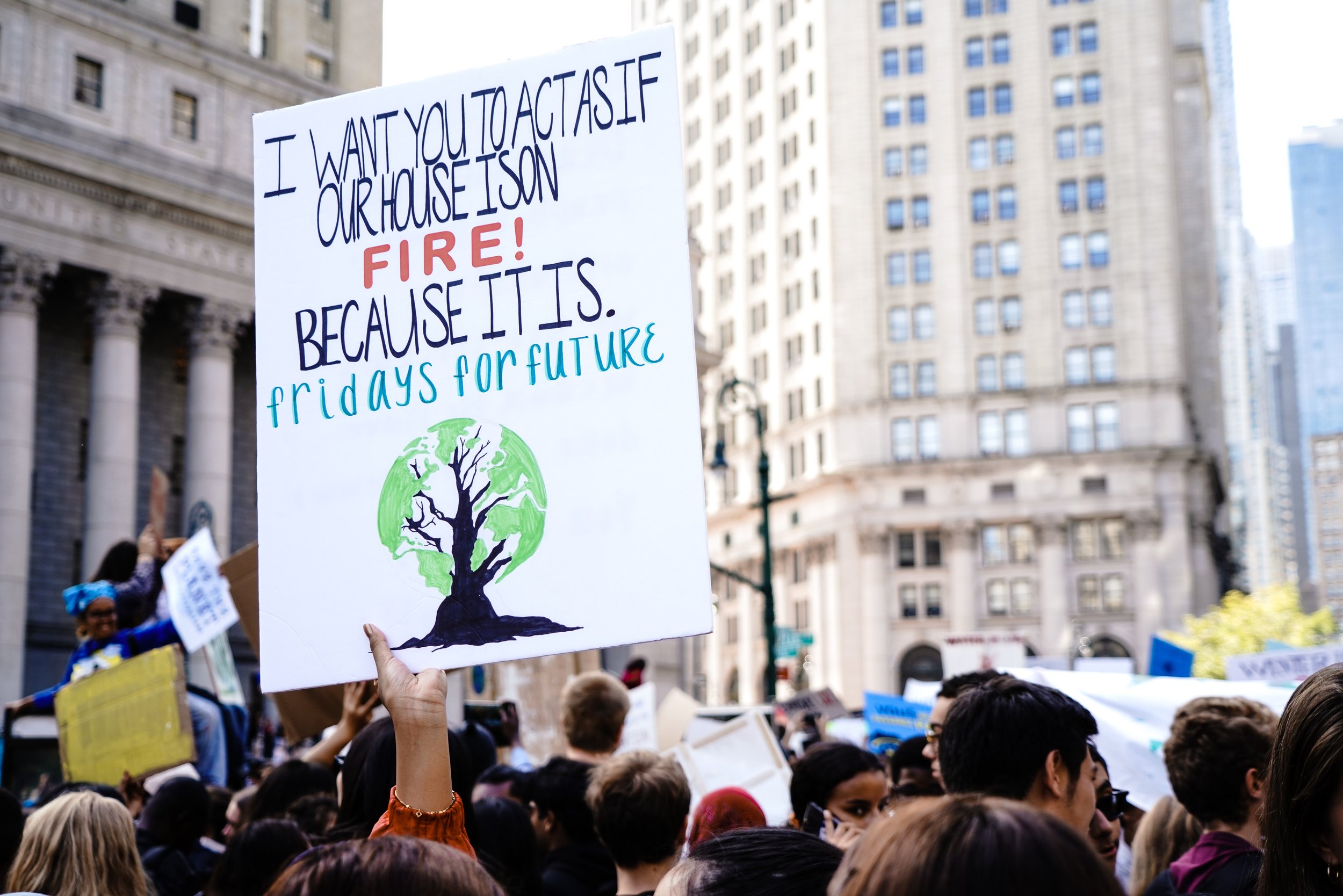Grassroots Lobbying: An Overview
What is Grassroots?
Grassroots is basically people power – the political power of having many ordinary people work towards a common goal.
There are hundreds of examples of powerful grassroots movements – #metoo, suffragettes, women’s liberation, American Civil Rights, the French Revolution, votes for Australian First Nations people etc.
A grassroots movement can be started by one person – think of the impact of Greta Thunberg, Gandhi, or triggered by a single event – think of Rodney King’s death, the Port Arthur massacre, the assassination of Martin Luther King.
How can YOU use Grassroots in CCL?
Every time you take an action to express your support of a carbon dividend or other climate protection actions, you are engaging in grassroots actions. Just by being a member of CCL, you have taken a grassroot action.
But to have political impact, we need our actions to be en masse. By many people demonstrating their desire for a particular change to take place, the decision makers see that there is political will for this outcome and face pressure to make change occur.
So one useful step that you can take as a grassroots action is to encourage others to take action for that same goal.
Examples of Grassroots actions YOU can take
Get together with some like minded friends to form an action group
Join an existing CCL group and encourage others to join and take action
Talk to friends and colleagues about CCL, carbon dividend, climate change
Use social media to raise other people’s awareness
Write to your MP and to newspapers
Sign petitions
Call radio stations
Join demonstrations
Use Getup and Change.org to create, distribute and garner support for petitions
Tabling
Public speaking at schools, town hall events
Chalking - climate messages in chalk in public places
Signage
Handing out flyers and brochures
Financial donations
Bumper stickers
T-shirts with messages
Street theatre
Gathering media reports for others or self to respond to
Participating in your local group
Building community relationships with other groups, including climate groups
Planting trees as a group
Putting up posters e.g. library, local café, unis
TED talks
Stalls at Community Events – Naidoc Week, Sustainability Fair, Earth week
Like-minded groups e.g. Electric Vehicle Association, Australian Conservation Foundation, organic market
Lobbying
Movies about the environment
Scavenger hunts
Sending Christmas Cards with a climate message
Organise a phone call with your MP
Talk to journalists
Seek endorsements for ACD from business leaders and community leaders
Attending/running information sessions on issues
Meet with private groups to advocate for climate change e.g. companies, investors, banks
Running Sausage sizzles at Bunnings
Groups in front of offices
Join committees in the workplace, schools, community
Newsletters
Talking to friends or people you know in communities
Dropping things in letterboxes
Bush care days
Park run with banners/T-shirts/ dog jacket
Start a community garden and discuss the importance of eating locally sourced foods, and ugly veggies to reduce food waste
Vehicles with signs
Teaching in schools
Letter writing groups
Form a recycling group
Bike to school events
Sponsorship and advertising

